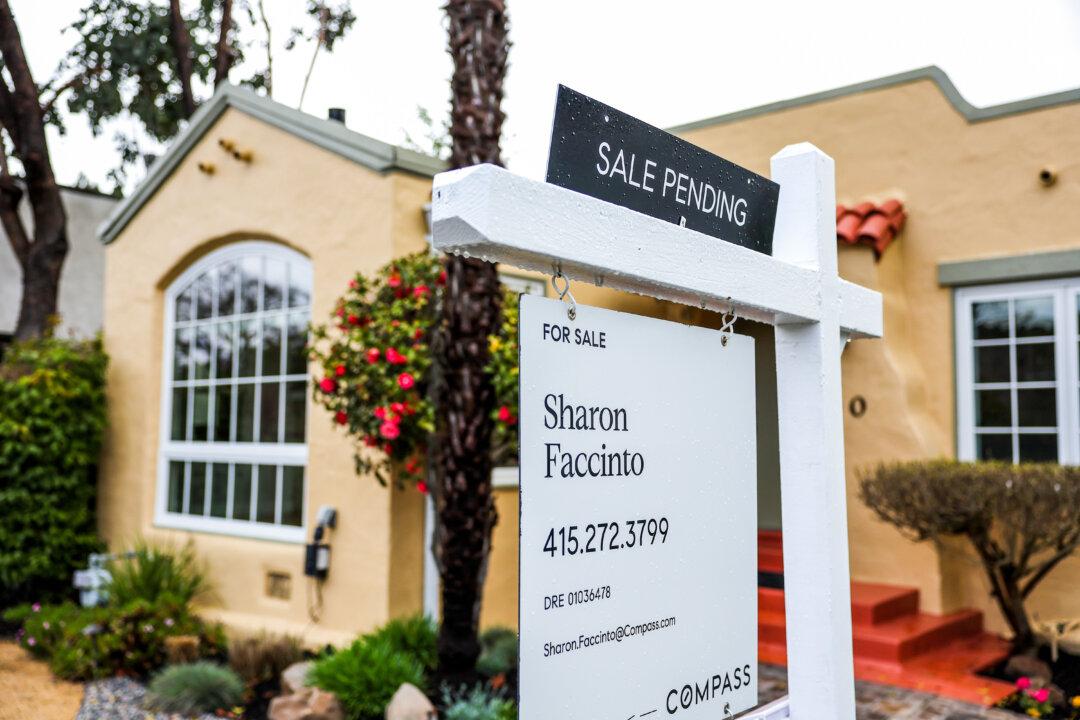More homes are expected to be sold across the United States in 2025, with property prices also set to rise, according to a recent report from real estate marketplace Zillow.
Mortgage rates are expected to decline slowly next year, “setting the stage for modest growth in both sales and home price appreciation,” the company’s Dec. 12 market report states. Zillow stated that it expects 4.06 million homes to be sold in 2024, with an increase to 4.16 million next year. Home values are predicted to rise by 2.2 percent in 2025.





